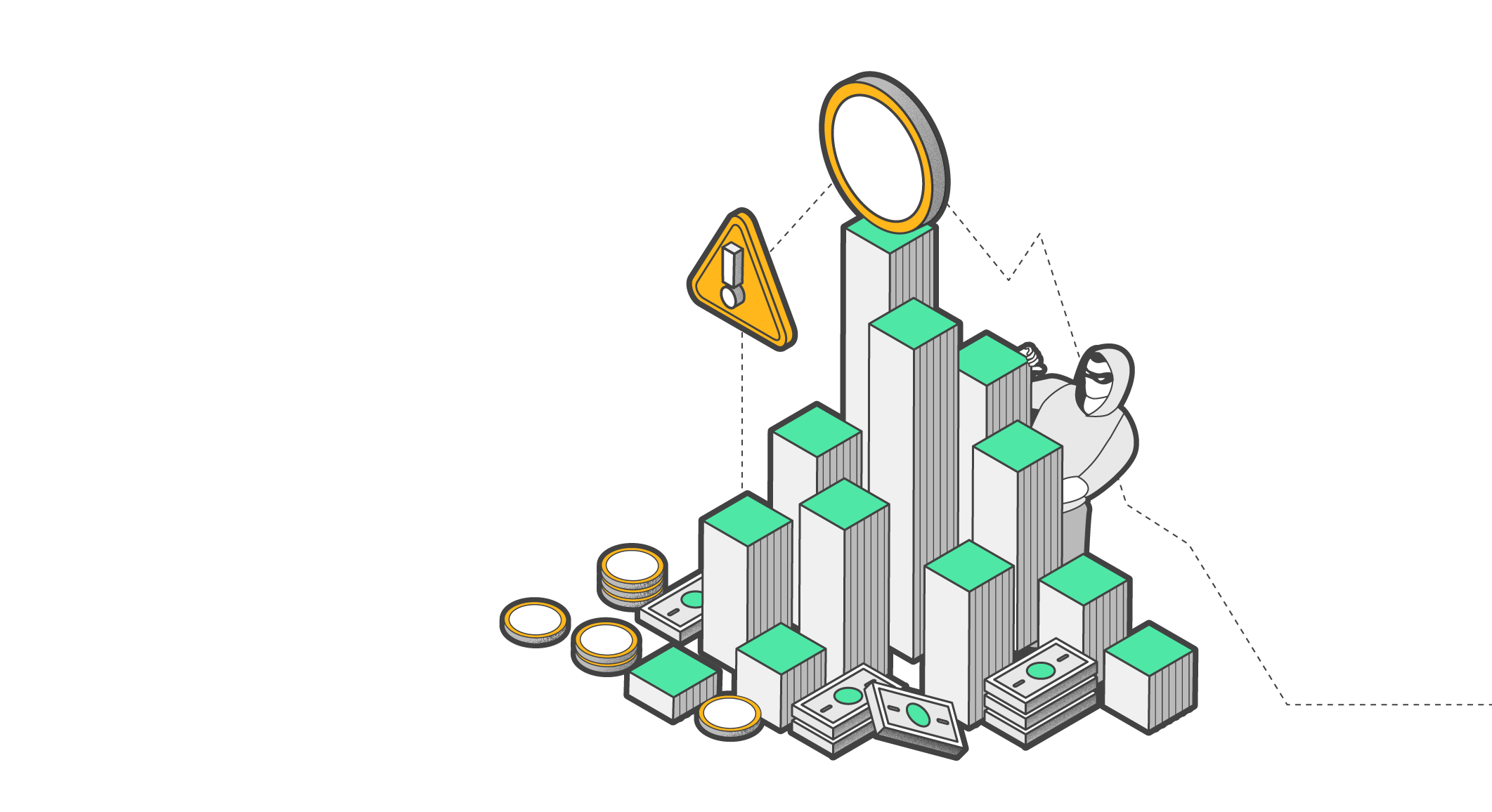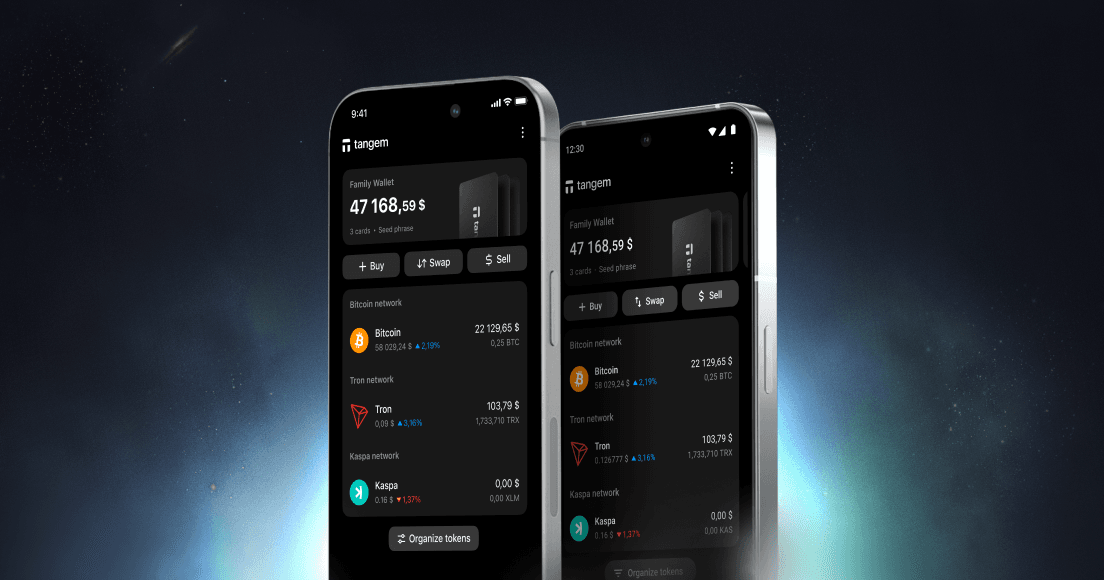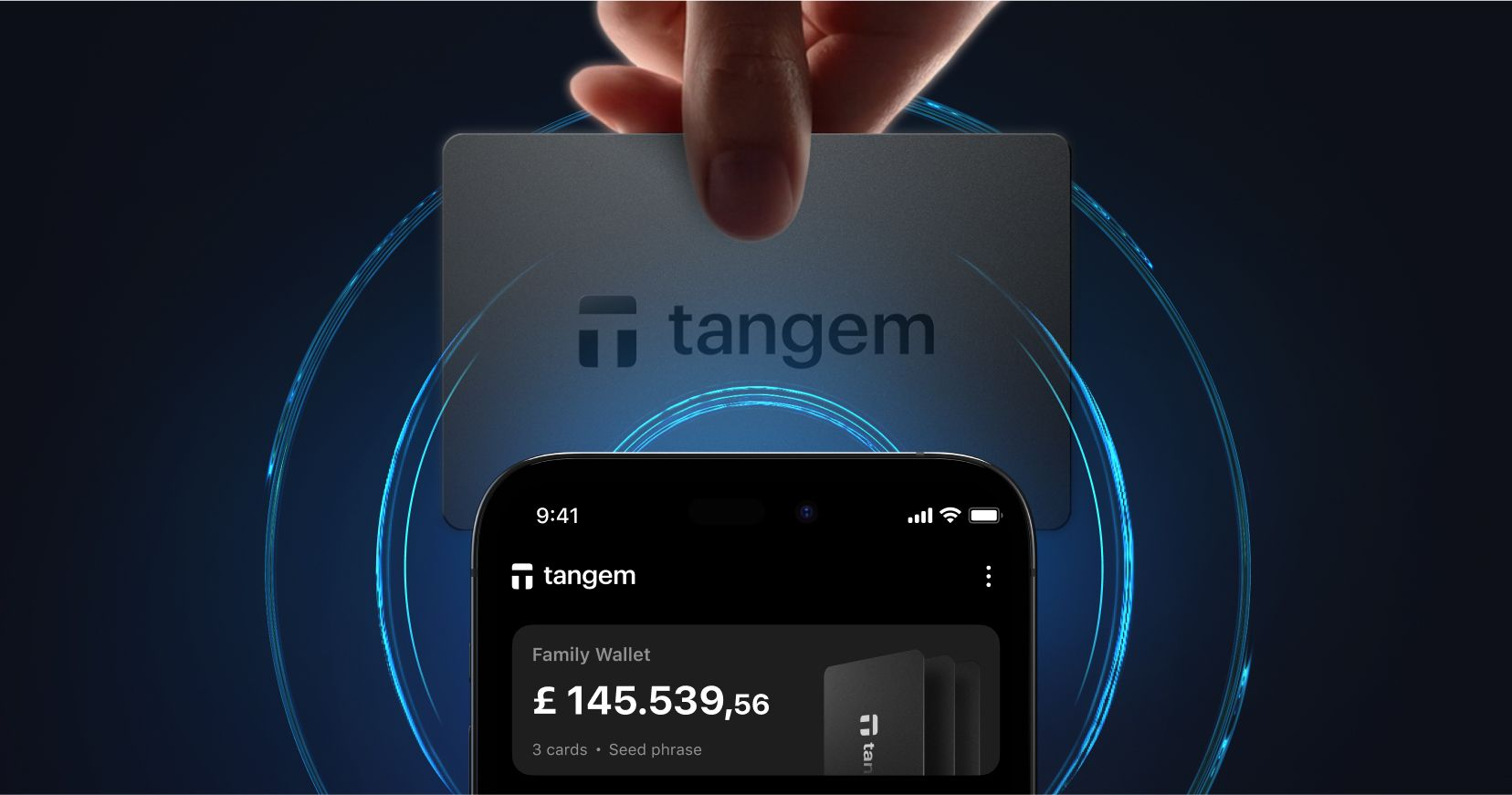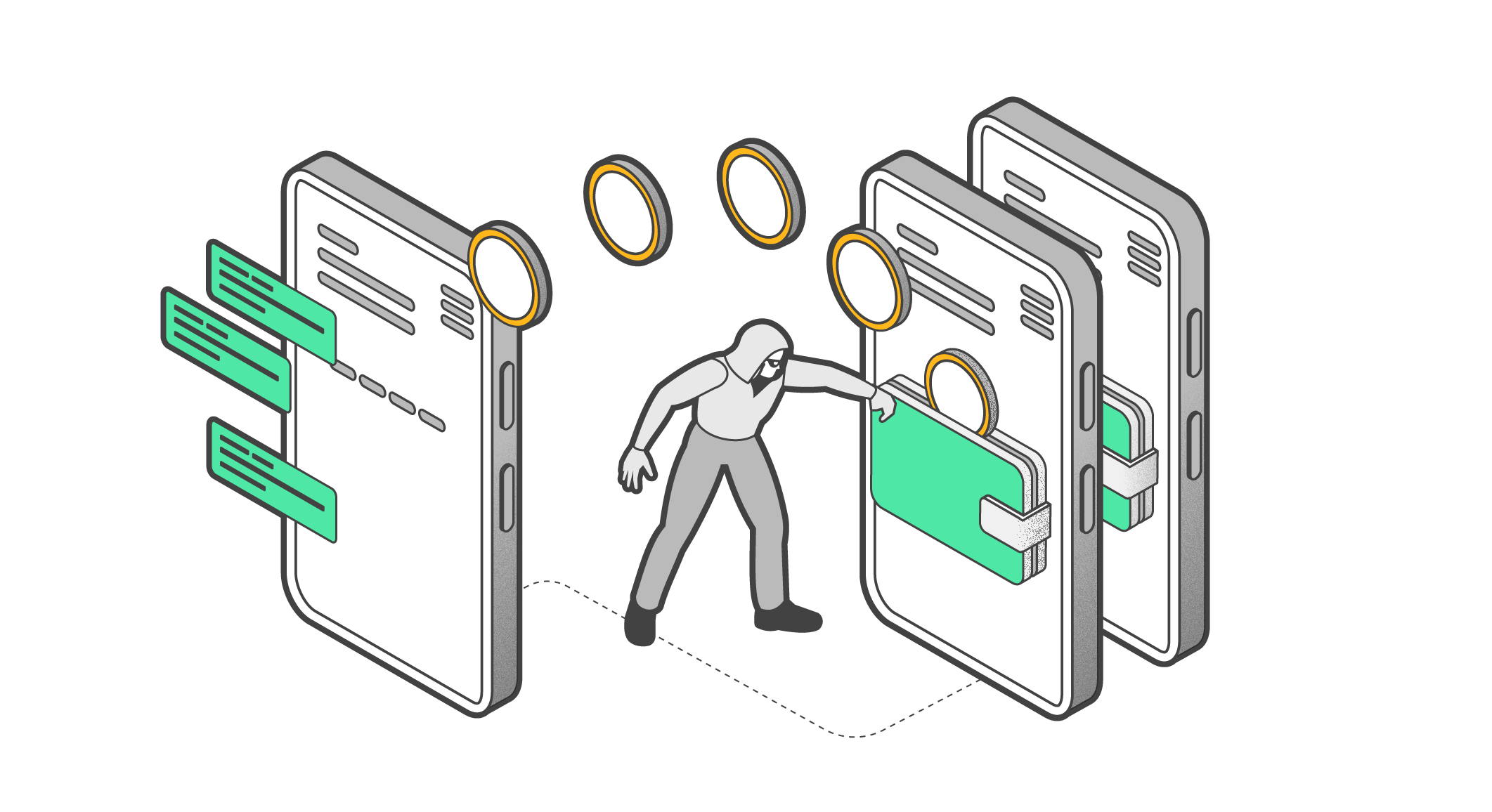
Dusting Attacks: What is Crypto Dust?
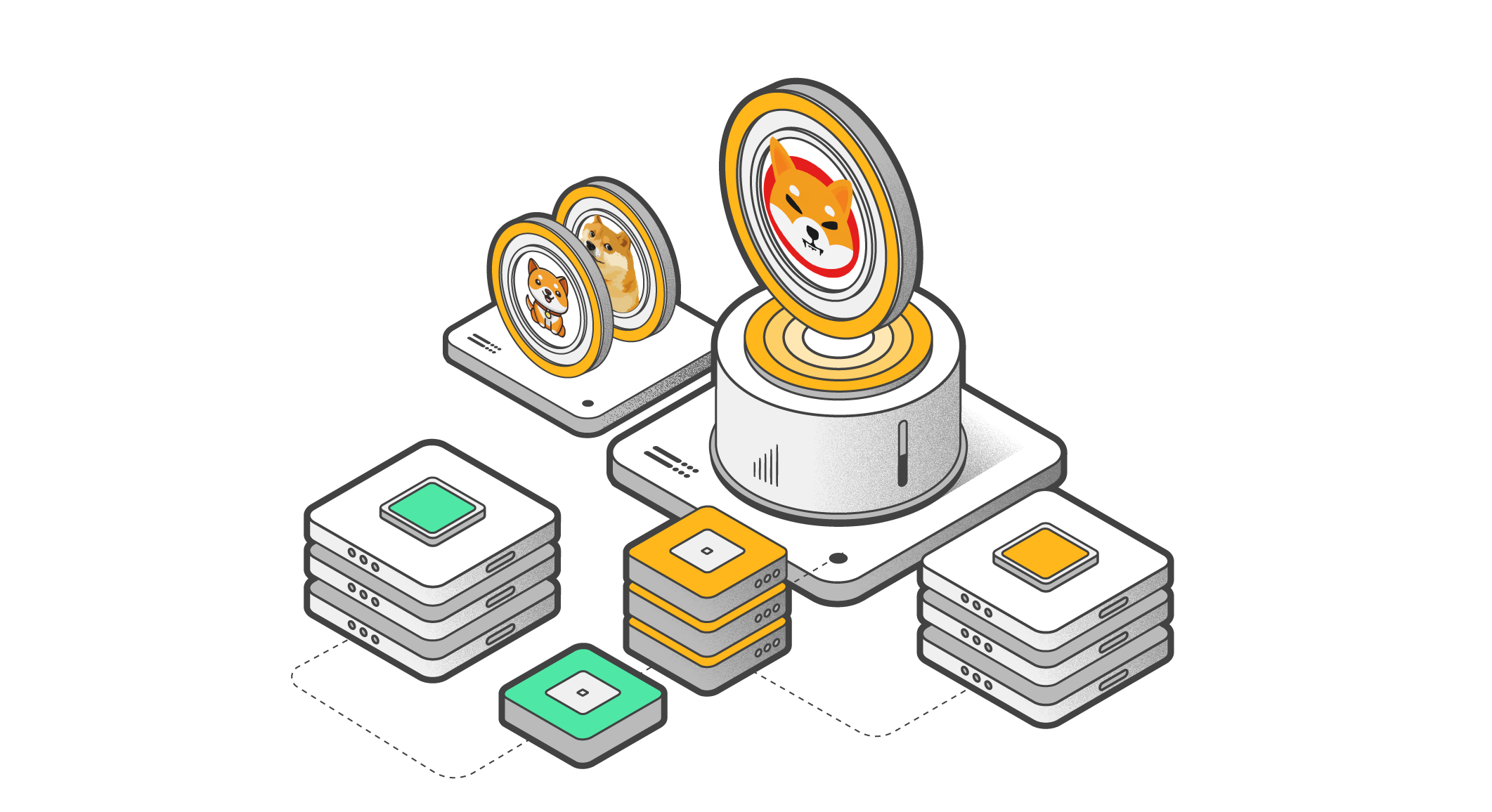
- What is crypto dust?
- What is a crypto dusting attack?
- Who is responsible for crypto dusting attacks?
- How does a crypto dust attack work?
- How to prevent crypto dusting
- Which blockchain protocols are often affected by crypto dust?
- How to identify crypto dust attacks
- Popular dusting attack events
- Frequently asked questions(FAQ)
While you may be familiar with classic scams like phishing, dusting attacks operate differently, often flying under the radar due to their subtlety. This tactic involves sending tiny amounts of cryptocurrency, known as "crypto dust," to your wallet address. This dust is often a gateway for scammers to track and potentially exploit your wallet.
Anyone involved in cryptocurrency needs to understand dusting attacks, their mechanics, and risks, to protect their assets and personal information.
What is crypto dust?
Crypto dust refers to tiny amounts of cryptocurrency shared to numerous wallet addresses for benevolent reasons or malicious intent.
In Bitcoin, for instance, the dust limit set by Bitcoin Core is approximately 546 satoshis (0.00000546 BTC), which some wallet nodes may reject due to its small size. In Tether(USDT), it's often 0.01USDT or even lesser.
Additionally, crypto dust can result from rounding errors or leftover amounts after a trade, which can't be traded but may be convertible to the exchange's native token.
While mostly harmless and sometimes used for promotional purposes, like alternative advertising, you should be aware of dust attacks and safeguard against them.
What is a crypto dusting attack?
A crypto dusting attack involves sending a small amount of cryptocurrency, referred to as dust, to your crypto wallet address. These transactions are often sent at similar intervals, in quick succession or timed to happen whenever you interact with your wallet.
The attacker address sending the dust token to you is often very similar to the real wallet address you often interact with.
By tracking the movement of the dust, attackers can also identify which wallets belong to the same user. Then they send more dusts to these wallets and wait for the target to slip up by sending funds to the fake address.
Why dusting attacks are dangerous
Malicious actors can also take it further by use crypto dusting attacks to send phishing emails to affected users. They study the transaction patterns of targeted wallets and send phishing emails disguised as legitimate cryptocurrency exchanges or wallet providers.
These emails may request that users click a malicious link or connect their Web3 wallets to update or verify their account details. The user unknowingly surrenders their wallet and assets to the bad actor by clicking these links. Be cautious and thoroughly research requests for account information to avoid falling victim to attacks.
Who is responsible for crypto dusting attacks?
Anyone with access to cryptocurrency and the ability to send small amounts to multiple wallets can carry out a dusting attack.
Not all the crypto dust transferred to a crypto wallet’s address is a scam. Dusting can be used for reasons other than hacking activities.
Government authorities, such as tax agencies and law enforcement firms, may employ crypto dust to investigate criminal activities, such as money laundering, tax evasion, and fraud. This data can identify users, track wallets associated with individuals or groups, monitor wallet activity, and conduct other investigative activities.
Blockchain analytics platforms may conduct dusting attacks for research purposes, collaborating with crypto projects subject to crypto exploits to crack down on criminal cases.
Developers can employ dusting to stress-test their software, pushing its limits to assess robustness, transaction speed, network scalability, and security protocols. This approach helps uncover software vulnerabilities and areas for performance enhancement.
How does a crypto dust attack work?
We've established that crypto dust involves sending small amounts of cryptocurrency to targeted wallet addresses to compromise their privacy. Typically, the amount sent to each wallet is less than the transaction fee required to send it, making it seem insignificant to the user.
Crypto dusting attacks can be used to manipulate the transaction history of a cryptocurrency. Attackers can artificially increase transaction volume and create a false demand for a particular cryptocurrency by sending small amounts of it to multiple wallets.
How to prevent crypto dusting
Although it may seem impossible to protect yourself from receiving crypto dust in a public address for your wallet, you can take measures to reduce the risk of being scammed. For instance, you can create a separate wallet to deposit any crypto dust you receive. This will frustrate malicious actors behind the attack, as they won't be able to monitor your on-chain activities.
Use a hierarchical deterministic wallet
With this type of wallet, users can create new crypto wallet addresses for each transaction, which makes it more difficult for scammers to track users' transactions.
Avoid untrustworthy crypto airdrops.
Some malicious actors take advantage of the popularity of meme coins by promoting fake crypto projects and urging users to submit their wallet addresses or interact with illicit smart contracts in exchange for rewards. Unfortunately, complying with these requests can leave you vulnerable to crypto dust, which can eventually be used to conduct large attacks.
Always check each letter of the recipient's address before hitting send
Do not copy addresses from the blockchain explorer
How do attackers know my wallet’s address?
Blockchain technology offers pseudonymity, meaning users have cryptocurrency addresses rather than personal names or data. In addition, the blockchain ledger is transparent, allowing anyone, including scammers, to view transactions and track a specific address's history.
However, they have no information whatsoever about the identity of the address owners.
Should you be worried about receiving dusting transactions?
Dust transactions in your wallet cannot give anyone access to your funds. It's best to simply ignore it and try not to interact with the “dust” or its originating address.
Which blockchain protocols are often affected by crypto dust?
Cryptocurrency addresses vulnerable to dusting attacks are typically UTXO-based, common in blockchains like Bitcoin, Litecoin, and Dash. Each transaction generates a new address for the remaining change. UTXO ensures transaction integrity by tracking unspent outputs, which can be used in subsequent transactions.
Think of it as the change from a $10 bill after a $9.59 purchase; this change, or "crypto dust," can be used in future transactions. Attackers can trace these small amounts to identify victims by analyzing the transaction origins with advanced tools.
How to identify crypto dust attacks
One way to identify a dusting attack in a wallet is by spotting deposits of tiny amounts of cryptocurrency that cannot be withdrawn or spent. The dusting attack transaction will be visible in your wallet's transaction history or in the blockchain explorer.
Popular dusting attack events
In October 2020, Binance was targeted by a dusting attack where small amounts of BNB (BNB) were sent to multiple wallets. The victims then received a confirmation of the transaction along with a malware link that, upon clicking, could hack their system.
In late 2018, Samourai Wallet alerted its users of a dusting attack and requested them to mark "Do Not Spend" on their UTXOs to mitigate the issue.
They implemented a real-time dust-tracking alert and an easy-to-use feature to mark suspicious funds with a "Do Not Spend" note to assist users in safeguarding their transactions against future attacks.
Frequently asked questions(FAQ)
1. What is a crypto dusting attack?
A crypto dusting attack is a malicious activity where a small amount of cryptocurrency is sent to numerous addresses. This "dust" is typically an insignificant amount of cryptocurrency, but it serves the purpose of tracking and potentially deanonymizing the recipients.
2. Can dusting attacks steal crypto?
Dusting attacks cannot steal crypto directly. With information retrieved from a dusting attack, hackers use sophisticated tools to trick wallet holders into phishing sites and then steal their crypto assets. Dusting attacks are used to identify the individuals behind wallets and break their privacy, while phishing sites disguise scam tokens as airdrops of free cryptocurrency to steal wallets' funds and NFT assets. Browser-based wallets like MetaMask and Trust Wallet are particularly vulnerable to these attack
3. How can I recognize if I've been targeted by a crypto dusting attack?
If you notice small, unexpected cryptocurrency deposits in your wallet, especially amounts that are difficult to spend due to transaction fees, it could be a sign of a crypto dusting attack. Additionally, avoid unsolicited messages or emails asking for personal information or promising free cryptocurrency.
4. What are the risks associated with crypto dusting attacks?
While the dust itself may not pose a direct risk, it can lead to privacy breaches or scams. Attackers may use the information gathered from dusting attacks for phishing attempts, identity theft, or other fraudulent activities.
5. What should I do if I suspect I've been targeted by a crypto dusting attack?
If you believe a crypto dusting attack has targeted you, don't from interact with the suspicious transactions or messages. Report the incident to your wallet provider.

